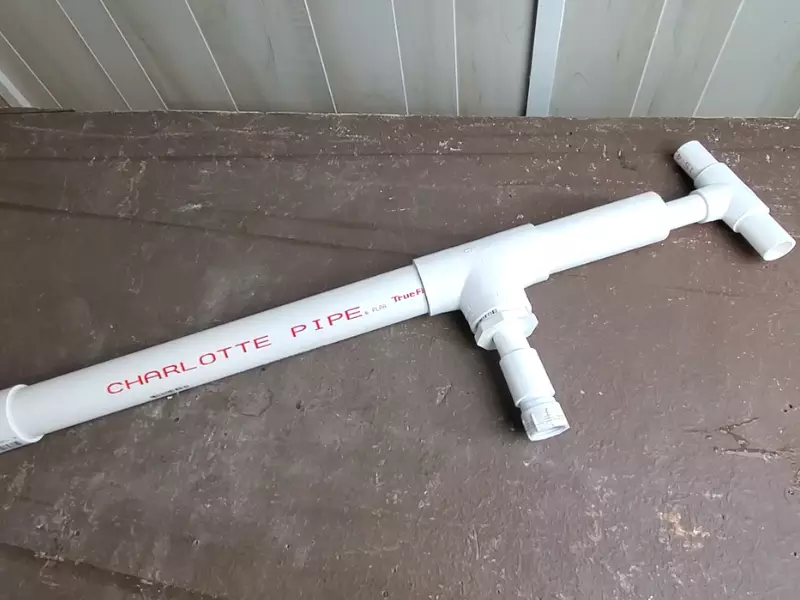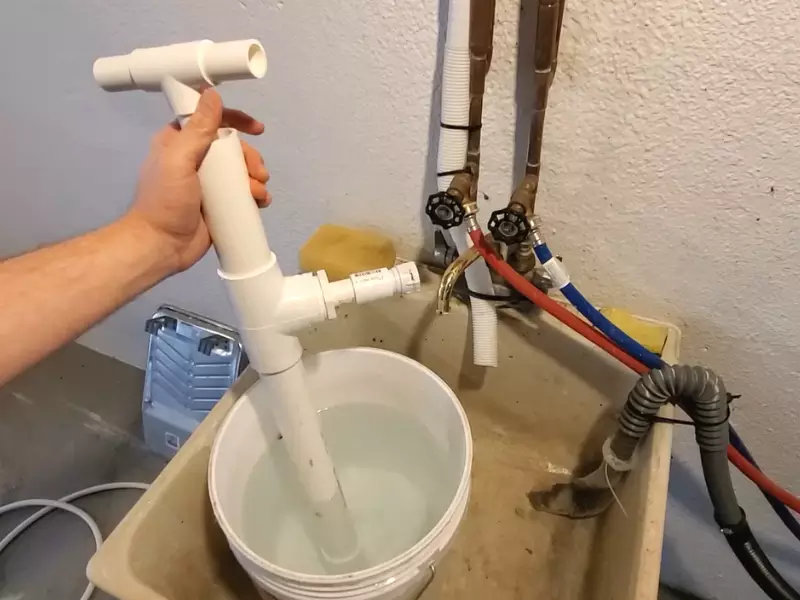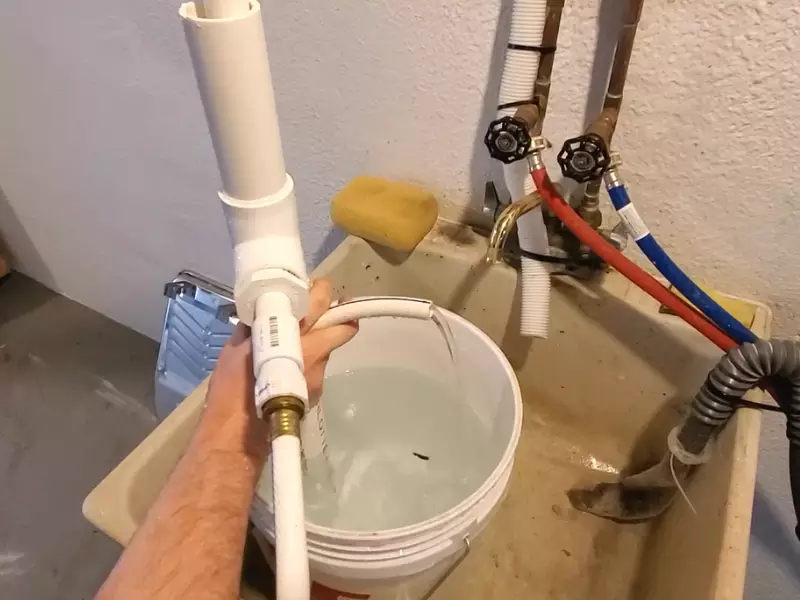Hand pumps are age-old devices, effectively drawing water from deep underground. These tools have been invaluable in regions where electricity is a luxury or the terrain doesn’t allow for modern infrastructure. Despite their traditional nature, hand pumps remain relevant due to their sustainable approach to accessing well water.
Hand pumps are not just tools of the past but are highly practical devices used globally. When built correctly, they can be long-lasting, efficient, and independent of any power source. These pumps offer a green solution to water needs, reducing carbon footprint and being light on the pocket.
One might believe that constructing such a pump requires expertise. However, with the right materials and a comprehensive guide, creating a hand pump for well water is an attainable feat for most individuals.
Benefits of Hand Pumps
Hand pumps have been a cornerstone of many communities for centuries, proving their effectiveness and reliability. But what exactly are the benefits they offer that have contributed to their enduring presence?

Sustainability and Green Living
In an era where environmental concerns are paramount, using mechanisms that leave a minimal carbon footprint is essential. Hand pumps don’t require electricity or fuel to function.
This not only makes them environmentally friendly but also promotes sustainability. Every time you use a hand pump, you’re actively reducing energy consumption and ensuring the conservation of our planet’s resources.
Independence from Electrical Systems
Imagine a scenario where there’s a prolonged power outage. For many, this means no access to water if they rely on electric pumps. Hand pumps bypass this limitation entirely.
They function without electricity, granting you the autonomy to access water at any time, irrespective of power availability. This is especially beneficial for remote areas where power supply can be erratic.
Affordability Compared to Other Pumps
Let’s discuss finances. Initial investments in hand pumps might be on par with their electric counterparts, but in the long run, hand pumps usually prove to be more economical.
They don’t contribute to monthly electric bills and have fewer parts that can break down, leading to potentially lower maintenance costs. This makes hand pumps a cost-effective solution for long-term water needs.
Longevity and Durability
Quality matters, especially when it comes to a device as crucial as a water pump. Hand pumps, constructed from durable materials, can serve a household for decades.
They endure through various weather conditions and, if maintained well, can even outlive their owners. Their mechanical simplicity ensures fewer points of failure, translating to a prolonged lifespan.
Choosing the Right Materials
Ensuring that your hand pump lasts long and provides safe water involves selecting the right materials from the outset.
Materials Overview
Different pumps may require different materials based on design and local availability. Commonly used materials include stainless steel, brass, PVC, and durable plastics. These materials resist corrosion and are safe for transporting drinking water.
Importance of Quality and Durability
A hand pump isn’t just an appliance; it’s an investment. Opting for quality materials may have a slightly higher upfront cost, but the benefits in longevity and safety far outweigh the initial expenses. High-quality materials resist wear and tear, ensuring the pump’s consistent performance and reducing the risk of contamination.

Cost-Effectiveness vs. Longevity
It’s a balance game. While you might find cheaper materials that promise similar performance, they might not guarantee the same lifespan or safety. It’s crucial to find materials that strike a balance, offering durability without breaking the bank.
Steps to Building a Hand Pump
Creating a hand pump might seem daunting, but with a clear guide, the process becomes manageable and even enjoyable.
Preliminary Preparations
Before diving into the assembly, ensure you’re prepared:
- Site Selection: Not all spots are ideal for a well. Consider factors like ground stability, proximity to potential contaminants, and accessibility.
- Measuring Water Table Depth: Knowing how deep your water table lies is crucial. This will determine the length of pipes and the design modifications required for your hand pump.
Assembling the Pump Head
This is where water gets drawn out, so precision is key:
- Materials Required: Ensure you have all the necessary components like the handle, pipe, bolts, and rubber seals.
- Assembly Process: Begin by attaching the handle to the top of the pipe. Ensure it moves smoothly without obstructions. Fit the rubber seals at the base to create a suction mechanism that draws water upwards.
Creating the Pump Cylinder
The cylinder houses the piston, a critical component in the pumping process:
- Material Choice: Opt for metals or hard plastics that can endure the constant motion and pressure.
- Assembly Process: Incorporate a one-way valve at the cylinder’s base. This valve allows water to flow up while preventing it from flowing back, ensuring consistent water extraction.
Connecting Pump to the Well
Once the primary components are ready, it’s time to integrate:
- Safety First: Before connection, ensure all parts are safely secured and there are no sharp edges exposed.
- Integration: Align the pump head with the well casing, ensuring they align perfectly. Secure the connection tightly to avoid air gaps, which can hinder the pump’s effectiveness.

Maintenance Tips for Hand Pumps
Taking proper care of your hand pump will ensure its longevity and consistent water supply. Maintenance doesn’t always mean repairs; it’s more about prevention and regular checks.
Regular Cleaning
Like any other equipment, hand pumps need cleaning to maintain functionality.
- External Cleaning: Ensure the handle and the outer surface are free from dirt or algae build-up. This not only enhances the pump’s appearance but also ensures smoother operation.
- Internal Cleaning: Depending on water quality, sediments might accumulate within the pump. It’s advisable to periodically flush out the pump to ensure unobstructed water flow.
Checking Seals and Valves
Rubber seals and valves are crucial for the suction mechanism.
- Wear and Tear: Over time, these components can wear out. Regularly inspect them for signs of damage or wear.
- Replacement: Always have a few spare seals and valves. If you notice any decline in pump performance or signs of damage, replace them immediately.
Lubrication
Certain parts of the pump, particularly where there’s metal-on-metal contact, need periodic lubrication to ensure smooth operation.
- Choice of Lubricant: Use non-toxic lubricants since the pump deals with drinking water. Vegetable oil can be a safe and readily available option.
- Frequency: Based on usage, lubricate moving parts every 3-6 months to prevent rusting and ensure smooth motion.
Monitoring Water Quality
While the pump plays a significant role, the water’s quality is equally vital.
- Periodic Testing: Obtain water testing kits and check the water for any impurities or microbial presence.
- Addressing Issues: If any anomalies are found, it might be related to the surrounding environment or the well itself. Taking corrective measures promptly will ensure safe and clean drinking water.
Frequently Asked Questions
How deep can hand pumps extract water from?
Hand pumps can extract water from various depths, depending on the design. Typically, they’re efficient up to 150-200 feet. For deeper wells, specialized deep well hand pumps are available.
Is it safe to drink water directly from a hand pump?
While hand pumps draw groundwater, which is often cleaner than surface water, it’s always advisable to test the water for impurities or contaminants. If the water source is clean and the pump is well-maintained, it should be safe.
How often should I service my hand pump?
Regular maintenance ensures the pump’s longevity and efficient performance. While daily checks and cleaning are advisable, a thorough inspection and servicing every 6-12 months should suffice for most pumps.
Conclusion
Hand pumps, a blend of age-old mechanics and modern materials, offer a reliable water solution, especially in regions where electricity is unreliable or non-existent. Their eco-friendliness, coupled with affordability, makes them a staple in many households.
By selecting the right materials, following a meticulous assembly process, and ensuring regular maintenance, you can enjoy a consistent water supply for decades.
As with all equipment, understanding its functionality and needs ensures its longevity, and hand pumps are no exception. With proper care, they serve as a testament to human ingenuity, providing the invaluable resource of water with the simple power of a hand.